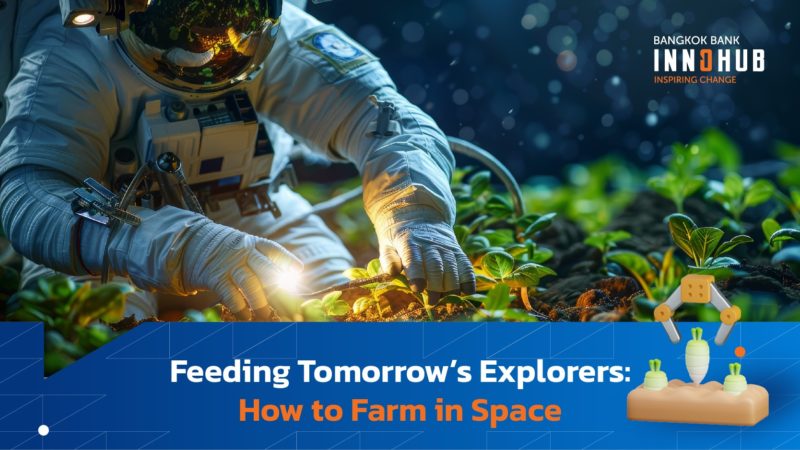Humanity’s journey into space began with the launch of the first satellite in 1957, followed by the first person in space in 1961 and the moon landing in 1969. These milestones inspired generations to imagine a future of exploring new solar systems and encountering life forms beyond our current understanding.
But after the last moon visit in 1972, progress stalled. Aside from missions to the International Space Station, space exploration seemed to lose momentum, and NASA and other government space agencies no longer appeared to be major priorities.
Fortunately, private companies are now leading a new era of spaceflight. SpaceX, with its goal of enabling people to live on other planets, is the leader of this push. But its focus is primarily on spacecraft technology, while any ambitious space exploration mission involving astronauts will also necessitate other considerations, food supply being perhaps the most important.
An ambitious group of lesser-known companies is making great strides in developing innovative food solutions for space-based travel. The task is formidable; a variety of nutritious food products is essential for maintaining astronaut health, performance, and morale on long-duration missions. However, there is very little room on a spaceship to store the necessary ingredients for such meals.
Up to now, astronauts have received meals in small, pre-packaged pouches designed for convenience and safety but limited in both variety and freshness. The longer missions of tomorrow will require vast improvements in both quality and quantity — for the long journeys to other parts of our solar system and for the duration of their stay at each destination.
Innovative space food solutions
Solar Foods is a Finnish company developing an edible microbe that grows on a mixture of carbon dioxide, hydrogen, and oxygen. Microbes convert these gasses into protein-rich food, which can be processed into various products like pasta, protein bars, alternative meats, and egg replacements. This method produces minimal waste, is resource-efficient, and creates a sustainable source of protein for space missions.
Mycorena is a Swedish company that uses a combination of microalgae and fungi to produce mycoprotein, a nutritious, versatile protein source that generates minimal environmental impact, making it ideal for off-world missions.
Interstellar Lab is an American company developing controlled-environment modules for plant cultivation in space. Their biofarms can support a wide range of species, from microgreens to rare botanicals, enabling the farming of food as well as health and beauty products. The company is collaborating with NASA to install AI-powered plant growth pods in space, providing an important element in sustainable food production.
A new age of exploration
As off-world farming technology advances, companies like these will expand their food product variety to meet astronauts’ diverse tastes and diets. Sustainable resource use will be paramount on deep-space journeys, forcing companies to reduce waste and increase efficiency as far as possible — lessons that can benefit Earth-based farming projects too.
If all goes well, successful interplanetary missions could lead to the terraforming of other worlds, or at least modestly-sized living spaces where future colonies could grow their own food through more traditional means, enabling self-sufficient off-world civilizations.




